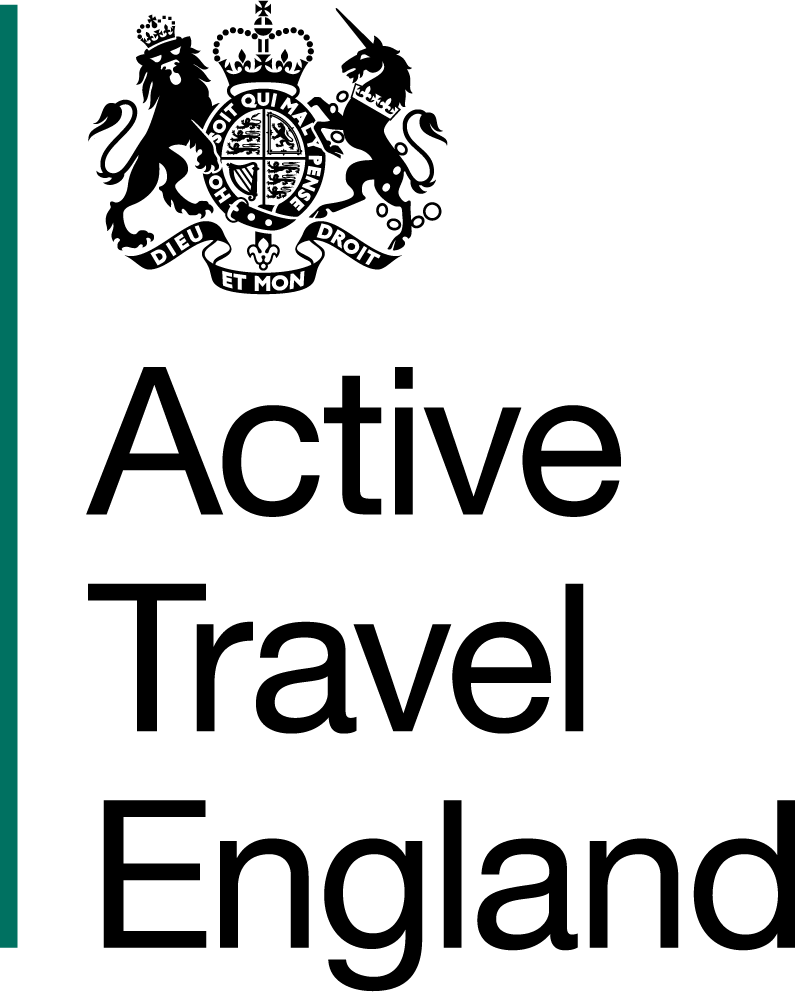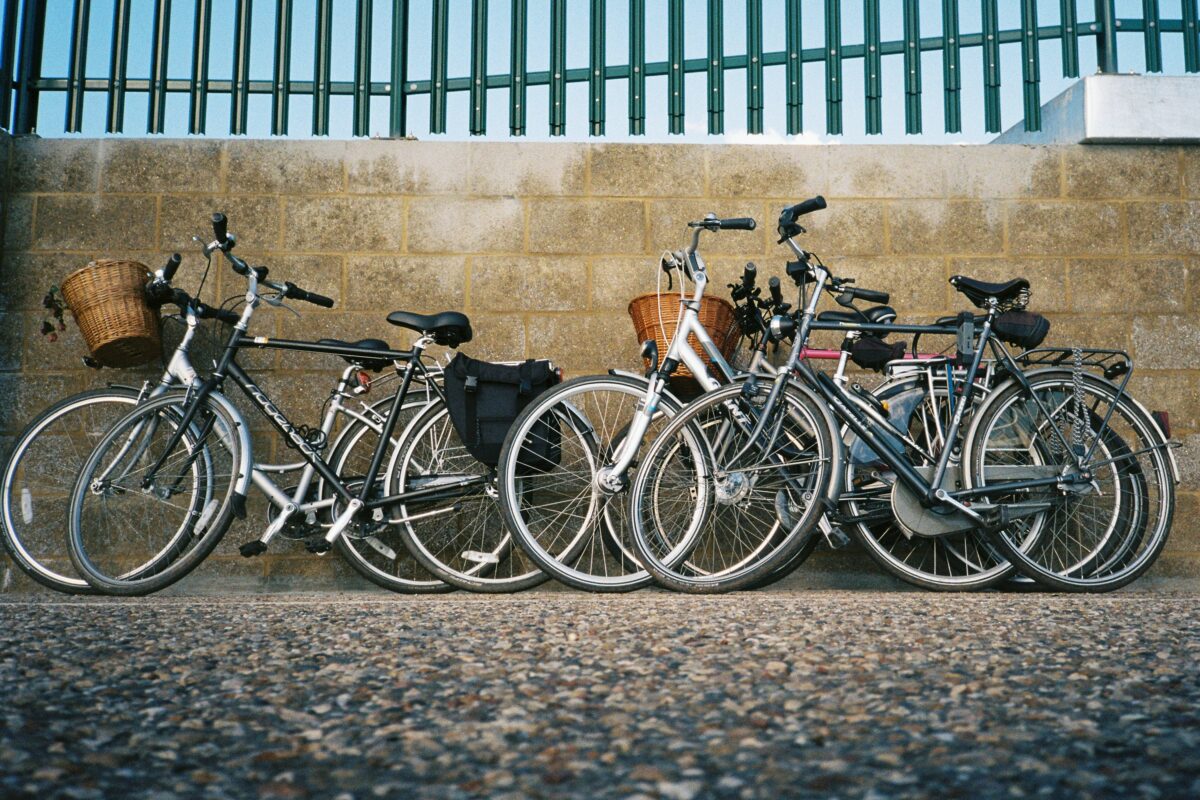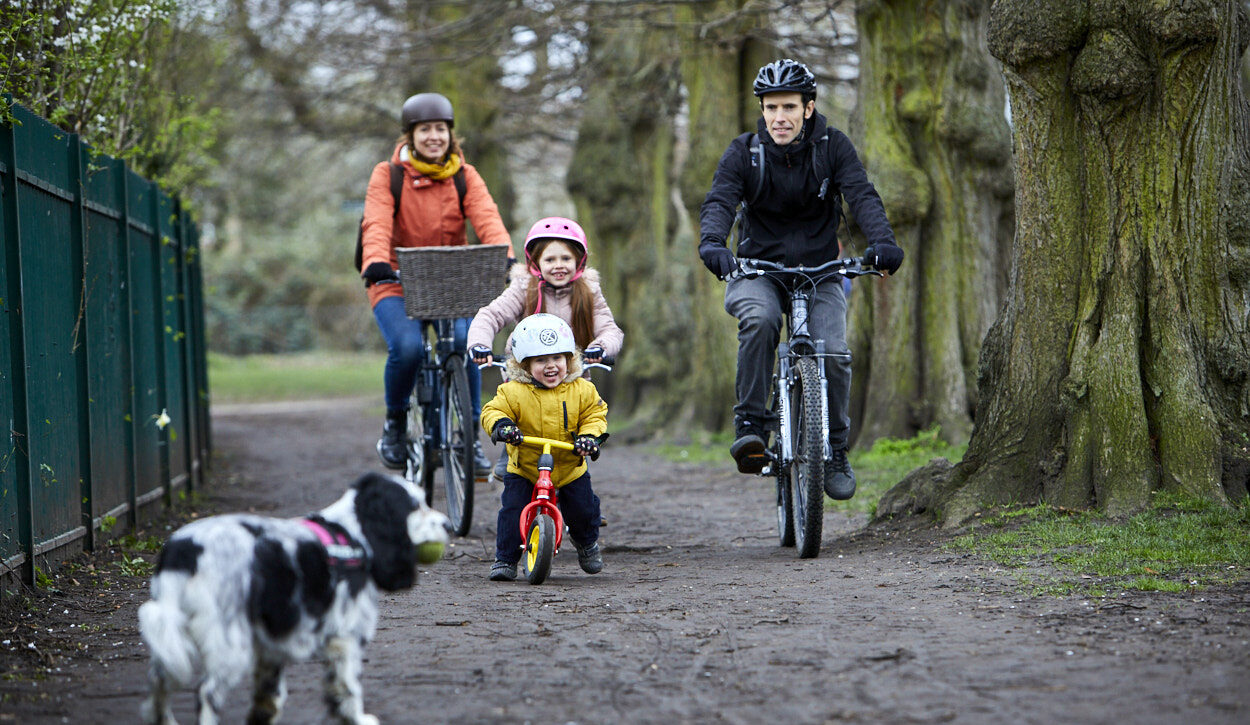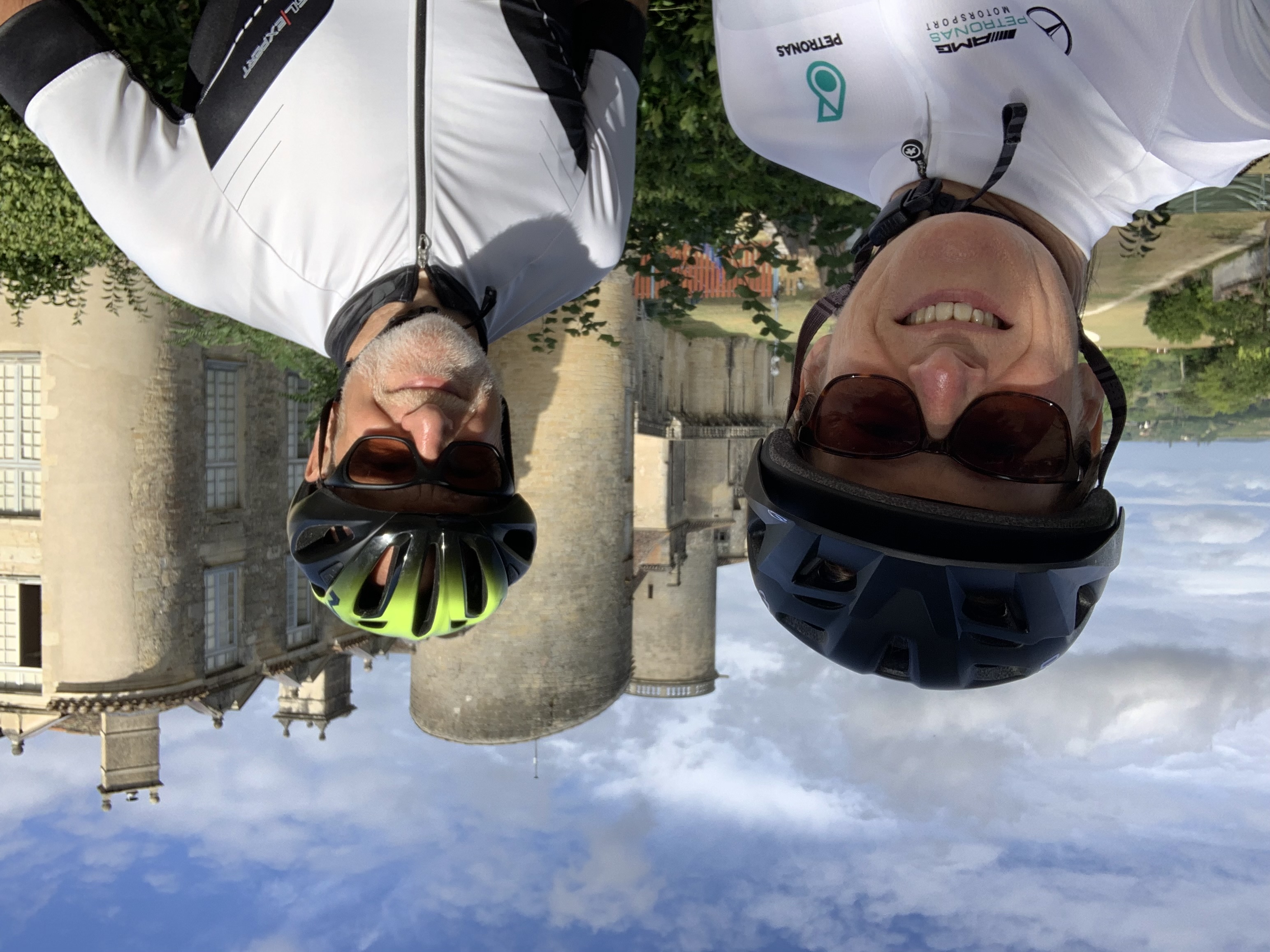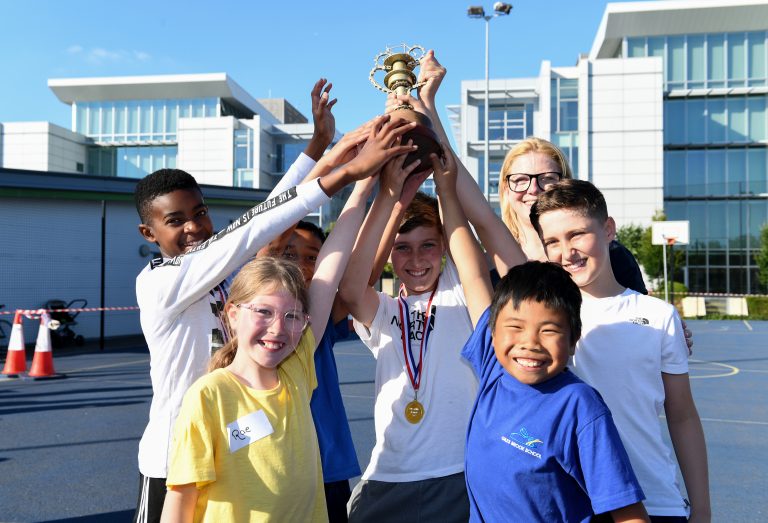Decide what you want from a group
There are lots of different cycling groups, from clubs that take it very seriously and enter competitions, to more laid-back social groups. Thinking about what you want to gain from joining a group will help you decide what to look for.
Do you want to test yourself and get faster, or are you more interested in finding new routes and socialising? Joining a group is also great to increase your cycling confidence and give you more practice.
Will you be going to the group alone, or do you have friends, family or kids that want to join in too? Do you want to do some shorter rides in the evenings, or longer rides at the weekend? Figuring out exactly what would suit you will help you narrow your search when you’re looking for a great group to join.
Find out your average speed
If you look on British Cycling’s Let’s Ride group finder, or search for a cycling club near you, you will often see the average speed included. This just means how fast you cycle on average when you go out on a ride, including slow uphills and faster downhills.
When you first start cycling this can be really scary – how are you supposed to work this out? And something like 15 kilometers per hour (about 9 miles per hour) sounds really fast! The easiest way to work our your average speed is to get an app with speedometer on your phone – there are lots of apps available, the British Heart Foundation has a list of free apps you can try.
Including an average speed in a group description can be off-putting, but it’s useful information as it will help you decide whether you would be comfortable in the group. Joining a group that is too fast and you have to struggle to keep up could put you off completely.
There are groups that are more geared towards beginners that don’t ask for any average speed and will ensure no one is left behind.
Group ride guidelines
Any group should let you know if they have any rules – for example, some may need all the riders to wear helmets for their insurance to be valid. Others will ask for you to bring a puncture repair kit – punctures do happen so it’s good to be prepared. If you aren’t confident fixing a puncture, a spare inner tube is useful as they can be changed very quickly. You can also see our top tips blog on repairing a puncture here.
There may be other guidelines that should also be explained to you when you are join your first ride. However, here are some general good practices for group rides:
Be on time. Don’t make people wait for you at the start of the ride. If it’s your first ride with the group, being on time or even a bit early is a great way to meet the other riders and ask any questions you might have. They will also be able to explain any guidelines they have or give you general info on the ride. Delays aren’t always avoidable though, so if you know you’re going to be late, let the ride leader know if possible.
Obey the rules of the road. This one is obvious and you should always be following the rules, but it’s super important in a group, because any rider running a red light will make the whole group look terrible. Don’t be that person.
Don’t overtake the ride leader. If you want to go faster, this is a sign that you’re ready for a faster group, but don’t leave them in your dust. It’s rude and you might end up heading off in a different direction. Remember, they set the pace for the whole group, including the slowest riders.
Point out problems. If you spot a pothole you want to avoid, it’s worth literally pointing it out to anyone behind you. If you can’t take your hands off your handlebars then a verbal warning is good too, and the person behind can pass it on. You might hear people say or shout ‘car up’, which means there is a car coming up from behind that might want to overtake the group.
Cycle sensibly and don’t overlap wheels. Don’t swerve suddenly if you can help it and don’t ride too close to the person in front of you, in case they have to move over or stop. If you’re riding next to someone try to cycle at the same speed as them, so your wheels aren’t overlapping as this can be dangerous, depending on the size and type of your cycle.
Invest in a rear mudguard. You might not notice that every time you go through a puddle you’re spraying dirty water on the people behind you, but they definitely will. It will also keep your bottom dry and that’s always good.
The most important tip, of course, is to find a group you enjoy riding with!
